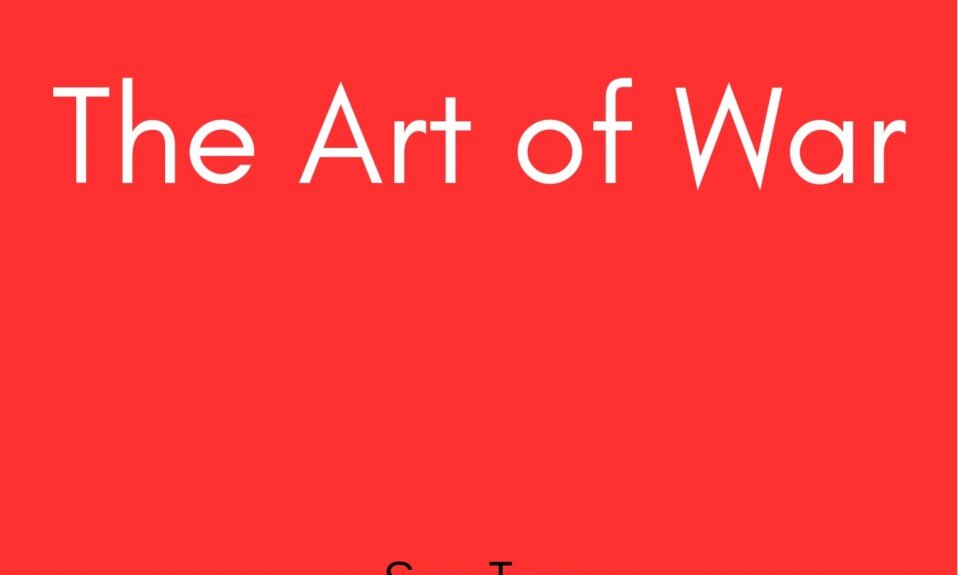
Alex Rogo, plant manager at Bearington Manufacturing, returns from a frantic factory inspection to learn his division will be shut down in three months if it fails to turn a profit. Pressured by corporate executives and grappling with a fractured family life, Rogo reluctantly reconnects with Jonah, a former physics professor turned turnaround specialist. Through a series of Socratic dialogues, Jonah guides Alex and his leadership team to question every assumption about how the factory operates, setting the stage for a transformative journey rooted in the Theory of Constraints (TOC).
Defining the Goal: Profit Above All
Key Insight: The unique purpose of any business is to make money, now and in the future.
- Jonah’s Challenge: When Alex lists objectives like quality, market share, and employee morale, Jonah counters that these are means—not ends. The ultimate measure of success is profit.
- Real-World Parallel – Zama Factory Closure (1992): Nissan’s decision to shutter its Zama plant underscores this point. Once known for lifetime employment, the plant closed because it failed to be profitable—illustrating that even noble corporate values yield when margins disappear.
Three Essential Metrics: T, I, and OE
TOC reframes profitability through three interrelated variables:
- Throughput (T): Money generated by selling finished goods. Not just production output, but sales—the true inflow of cash.
- Inventory (I): All money currently tied up—raw materials, work-in-process, finished stock.
- Operating Expense (OE): All money spent converting inventory into throughput: wages, utilities, maintenance, and overhead.
Rule of Thumb: Maximize T, minimize I and OE. Traditional cost accounting often misleads by promoting local efficiencies that inflate I or OE; TOC aligns all decisions with the overarching goal.
Identifying the Constraint: The Bottleneck Hunt
Definition: A constraint is any resource whose capacity limits the system’s throughput.
At Bearington, two critical bottlenecks emerge:
- NCX-10 Stamping Machine: Struggles to meet parts demand, leaving downstream operations starved or idling.
- Heat-Treat Furnace: Its slow cycle time forces work-in-process to stack up, creating chaotic queue management.
Impact Beyond the Machine: Every bottleneck throttles the entire plant’s output. Late orders erode customer trust, leading to canceled contracts and reputational damage.
The Five Focusing Steps: A Roadmap to Ongoing Improvement
Jonah prescribes a cyclical process to manage and elevate constraints:
- Identify: Survey production data and observe the floor. Look for work-in-process pileups, machine utilization rates, and recurring downtime logs.
- Exploit: Extract every bit of capacity from the constraint without major investments. Examples at Bearington: reallocate labor during lunch breaks, extend NCX-10 operating hours, and prioritize urgent orders through the bottleneck.
- Subordinate: Align all other processes to the pace of the constraint. Prevent non-bottleneck machines from overproducing parts that would just back up again.
- Elevate: If throughput gains plateau, consider capital investments—add a second NCX-10 or purchase a higher-capacity furnace. Only after steps 1–3 prove insufficient.
- Repeat: Breaking one constraint simply uncovers the next. True continuous improvement means revisiting Step 1 indefinitely.
Toolkit: The drum-buffer-rope mechanism visualizes this. The constraint sets the drumbeat; buffers (time or inventory) protect against variability; ropes synchronize upstream activities.
Integrating Lean and Just-in-Time
Just-in-Time (JIT): Shift inventory burdens to suppliers by timing raw-material deliveries to coincide with production needs—pioneered by Toyota post-WWII, later adopted worldwide.
Preventive Maintenance: Regularly scheduled upkeep at bottleneck machines slashes unplanned downtime, boosting effective capacity.
Cross-Training: Empower workers to operate multiple stations, enabling quick redeployment to relieve emerging bottlenecks.
By overlaying lean’s waste-elimination focus (overproduction, waiting, transportation, defects) onto TOC’s constraint management, Bearington transforms into a lean, resilient system.
Real-World Case Studies: Beyond the Fiction
- Japanese Automakers: Early adopters of TOC principles used JIT and buffer management to achieve world-class lead times and cash flow improvements.
- Pharmaceutical Production: Analyzing process data with statistical models revealed hidden constraints in vaccine assembly lines—yielding a 50% throughput surge and multimillion-dollar revenue boosts.
- Newspaper Pressrooms: Even legacy workflows—from typesetting to printing—benefit when one applies TOC to reduce page-turn delays and avoid missed train dispatches.
These examples confirm that TOC’s fundamental insights apply to any flow-based industry.
Authorial Style and Pedagogy
- Narrative Case Study: Jeff Cox’s crisp storytelling immerses readers in Alex’s race against time, making abstract theory concrete and urgent.
- Socratic Questioning: Jonah rarely offers direct solutions. Instead, he poses probing questions—forcing Rogo’s team to internalize lessons and drive ownership.
- Data-Driven Ethos: Goldratt’s physics background ensures that each recommendation ties back to measurable improvements—eschewing fluffy management jargon.
Strategic Impact: Redefining Management Priorities
The Goal revolutionized business thinking by:
- Elevating throughput above local efficiencies.
- Recognizing that suboptimization (improving one area at the expense of the system) is a false economy.
- Framing continuous improvement as a perpetual loop rather than a one-time project.
These paradigm shifts underpin modern methodologies like Lean, Six Sigma, and Agile.
Conclusion: From Factory to Enterprise
While its setting is a factory floor, The Goal transcends manufacturing. Any organization—be it software development teams, healthcare providers, or logistics networks—faces constraints that limit performance. By clearly defining the true goal, systematically managing bottlenecks, and fostering a culture of ongoing improvement, leaders can unlock sustainable, scalable success. The Goal remains a timeless blueprint for turning complexity into competitive advantage.




2 Comments